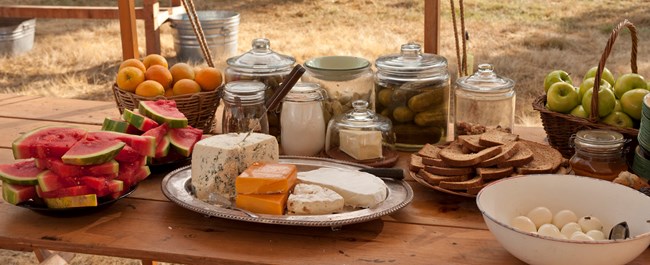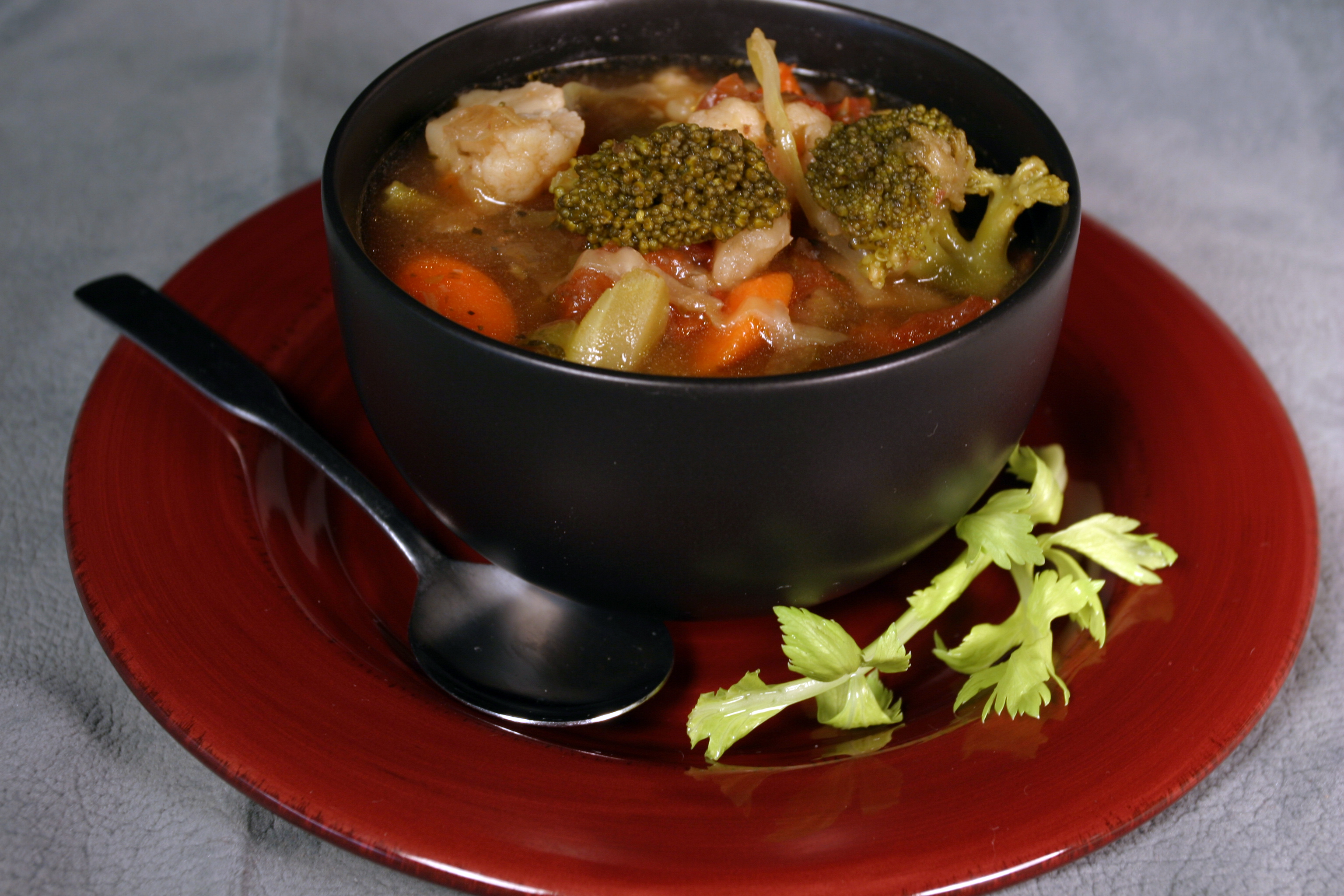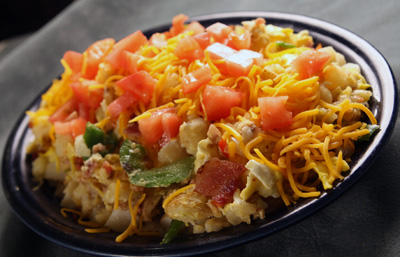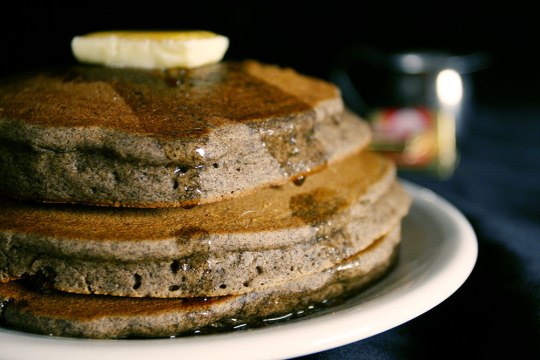
Origins Are Good to Know
Why is it important to know what a colonial breakfast was? What’s the use in understanding where our contemporary European foods originated from and how it transformed in settling America? Besides, it is an interesting topic of conversation as well as providing a little context, and a deeper appreciation for the foods you’re enjoying.
That’s why this piece will go into colonial America and get into the nitty-gritty of how our tables got filled with all these delicious foods we enjoy today. We’ll discuss the colonial breakfast of the upper class as well as the average settler, how these became staples for all Americans regardless of their economic backgrounds.
By the end of this, not only will you walk away hungry but, you’ll taste breakfast in a whole new way. Perhaps pondering if it’s anything like the colonial breakfast our ancestors enjoyed in some way.
American cuisine has changed a lot since the early days of our country, including breakfast food in colonial America.
What was it like? What did they eat?
American breakfast food has definitely changed…but you’d be surprised by some things that aren’t too far off from popular breakfast foods of today.
Food In Colonial America Depended A Whole Lot On Who And Where You Were
Food in colonial America depended a whole lot on who you were and where you lived. Certain regional dishes were popular, even ubiquitous in some places but were unheard of in others.
Economic status also determined the available foods. The richer you were, the greater the variety of dishes and foods you could have. The wealthy could relax with steaks or chops from the griddle, or fricassees with fragrant herbs and spices. Things like rolls and sweet cakes were certainly reserved for the well-to-do.
The working classes would have plainer fare, with farmed meats being less common and – in wilderness areas – less common than game meats small and large. You might balk at squirrel, but a struggling settler would be glad to have a couple for the pot. Venison was highly sought after and common as well, with bear meat being highly relished in some areas.
What Was Colonial American Food Like For The Average Person?

For the average person, colonial American food was simple. It usually consisted of just a few ingredients, cooked often in a single pot. This was similar to peasant food in England.
A typical peasant dish in England for hundreds of years was “pottage,” basically a stew-like dish made with what meat and vegetables were available. It went in the family cauldron and was boiled until it was a thick mush and eaten with bread and beer. Granted, people often ate hearty at times to fuel themselves for a day’s work, not unlike similar hearty dishes like goulash and similar foods.
Food in colonial America, for many people, was very similar though New World crops were different, as corn and beans were very widely available. These were therefore common ingredients, often mixed with what meat or vegetables were available or eaten by themselves.
One pot meals of that sort were very common for typical folk.
What were some of those dishes?
Common Breakfast Dishes In Colonial American Food

One of the most common dishes in colonial American food was hasty pudding. Hasty pudding is made by cooking cornmeal in milk, which was sometimes served with meat IF circumstances permitted it with bacon being a typical accompaniment.
Some people’s breakfast, however, consisted of little more than bread and small beer, which has a low alcohol content kind of like the light American beers of today. In that era, small beer was given to everyone in the family; they didn’t drink the water.
Their beverages were very different from ours. Coffee hadn’t yet become the staple and tea was reserved for those in cities or the well-off in many cases. Back then, small beer, full-strength beer, ale and hard cider were common breakfast drinks. John Adams began his mornings as president by downing a liter of hard cider and going for a swim in the Potomac river, stark naked.
Another popular breakfast was to set a cornmeal or oat porridge over coals the previous evening, which would be ready the following morning. In other words, oatmeal! It would be eaten plain, or perhaps with other adornments – depending on region and availability – such as butter, molasses or maple syrup.
Corn porridge was popular among the Native Americans, who called it “sofkee” or “sofgee” and eventually became popular with the colonists.

As you might wonder, hoecakes and johnny cakes – otherwise known as corn bread – were also breakfast staples.
In the Northeast, baked beans took the place of corn, and baked beans were eaten with almost every meal. In fact, thick baked bean dishes were even frozen solid and pieces cut up and taken as food for journeys.
Sometimes, these breakfast dishes were bolstered by tossing in whatever leftovers there were from the previous night’s dinner for a bit extra.
Another popular breakfast dish in the Dutch areas (Pennsylvania and some adjacent parts of New England) was scrapple, a loaf made by boiling meat and cornmeal or buckwheat flour until it became solid. Not too far off from corned beef hash, is it?
Slices would be cut off, pan-fried and eaten with whatever condiments lay to hand or were desired. It’s still popular there today.
Colonial food, like modern American cuisine, differs from region to region and is informed by its inhabitants traditions as well as ingredient available. You can see how the English settlers brought their British customs into cooking and just switched out the ingredients for the new crops they were now harvesting as well as the game they were hunting. Perhaps we still carry on the one-pot cooking tradition in European cooking, think of the crock pot. All food has a story of its people and now that you see more about colonial food, meals of the day may be a bit more of a history lesson.


